International
- International
- EN
- DE
- USA
- EN
- China
- 中国
- EN
You are using a very outdated browser. To make full use of our website, we recommend that you update your browser to the newest version.
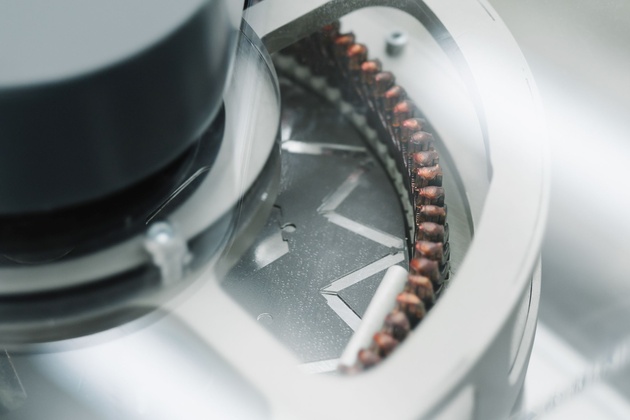
Ostfildern, August 16, 2019 - At this year's EMO, Gehring addresses customer needs under the motto “Technology Openness for reduced CO2 emissions and fuel consumption”. In addition to Nanohoning® and Formhoning as production processes for internal combustion engines, the introduction of the new product portfolio for stator production in the electric motor is a focus of the stand in hall 11, D38. In addition, Gehring will present the machine premiere GLS 1000 for the laser structuring of functional surfaces live on the stand and unveiling the new Industry 4.0 customer platform for user-specific digitization in production.
Stator production – core process in electric powertrain production
The electrification of the powertrain plays an important role in CO2 reduction. The automotive industry requires production technology for the introduction of their hybrid and electric vehicles which is very flexible in terms of quantities and types and at the same time guarantees short cycle times and high quality. The stator is the part of the electric motor with the largest production effort and thus the greatest potential for optimization. Hairpin stators offer the best performance characteristics and the highest automation potential for mass production of stators. Here, deviating from the known winding or pull-in technique, individual hairpin slip-in coils are formed of flat copper wire and inserted into the stator housing. Core processes include pin production, setting and inserting the pins into the stator, twisting the pin ends, laser welding and impregnating the stator.
Gehring has developed integrated production solutions for stators for electric motor production together with the specialized subsidiary copperING. Automobile manufacturers and suppliers receive all the relevant technologies as well as the process and system design from one provider. The Gehring Group supplies fully automated, flexible stator production lines that fulfill the quality requirements as well as the cycle times and flexibility requirements of the automotive industry. Gehring relies on a combination of in-depth understanding of technology from its own e-mobility experts and extensive experience in process and system design.
At the EMO, Gehring will exclusively present two new machines from this process chain. These are a robot-based station for setting the pins in the stator slots and a laser machine for welding the wire ends.
CO2 reduction in combustion engines to comply with emission standards
In parallel with technological developments in e-mobility, it is important to further develop existing vehicle models with internal combustion engines in such a way that they comply with ever stricter emissions legislation. Two efficient methods come with the so-called „Nanohoning” and “Formhoning” from Gehring. These are process sequences to produce motors with coated cylinder liners (Nanohoning) and a technology for the compensation of distortions in the engine (Formhoning). Both methods are now used in the mass production of internal combustion engines and achieve significant savings.
Complete package honing technology – production-ready innovations with effect
The Nanohoning technology chain is used to produce motors with coated cylinder liners and includes the process chain roughening – thermal coating – honing. Thermal spray coatings in cylinder liners of internal combustion engines increase the energy efficiency of the aggregates through lower friction. Wear and size of the motors are reduced. In addition to honing processes, Gehring also supplies laser roughening in this process chain. The laser roughening enables high adhesive pull strengths with low roughness. Thus, less coating material is needed. It also reduces operating costs by eliminating tooling costs compared to other processes.
To further improve fuel economy in conventional aluminum or cast iron engines, Gehring has introduced the technology of form honing. Form honing simulates the deformation of cylindrical shapes of combustion engines under operating conditions during honing, which results in a nearly cylindrical shape. This has a positive effect on CO2 emissions, oil and fuel consumption, performance and wear. The technology has been industrialized in cooperation with leading global automobile manufacturers and now provides cost benefits for plants in the USA, Europe and China. Thus, in serial production, a more than ten percent reduction in friction in the cylinder bore could be achieved, or an emission reduction of about 1.5 grams of CO2 per kilometer. The cost of implementing the process is only a fraction of other measures with a comparable effect.
Based on the newly developed two-spindle honing center PT 600, Gehring will be presenting the complete range of honing technology for machines, automation, tools, abrasives and contract machining at EMO. Both series and V eninges can be machined on the PT 600. With its tool changer, comprehensive process capability, ergonomic loading concept and optimized installation surface, it is suitable for the flexible production of a wide range of engines at tier suppliers and contract manufacturers.
Machine premiere for laser structuring of functional surfaces
As an expert in functional surfaces, Gehring not only offers honing, laser honing and laser roughening products but also laser structuring machines to increase static friction. Due to the functional design of the surfaces, sometimes complex and expensive processes and components can be replaced. At the EMO, Gehring presents the new GLS 1000 live in Hanover. It can be used as a standalone solution or integrated into a production line. Gehring regards itself as a technology partner, developing applications together with the customer.
Gehring CORE
Another premiere of Gehring will be the new IoT customer platform Gehring CORE, with which the users receive individually prepared data of their machines. This allows them to take advantage of predictive maintenance and transparent manufacturing. Also, very specific production analysis and optimization measures become possible. The user platform can be operated in the network at the customer, as well as a cloud service.
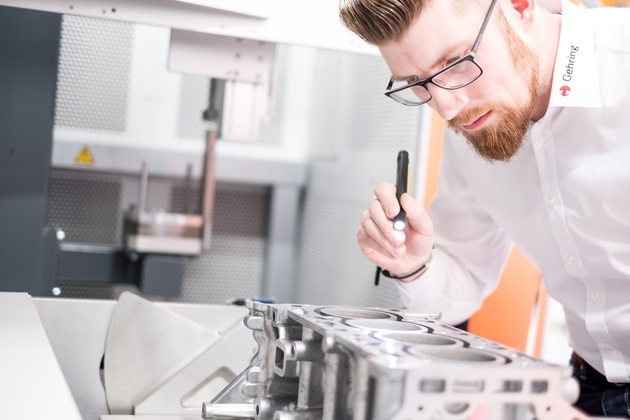
Image 1: Nanohoning is used to produce engines with coated cylinder liners, which makes them more compact and efficient. Gehring supplies corresponding equipment to car manufacturers worldwide.
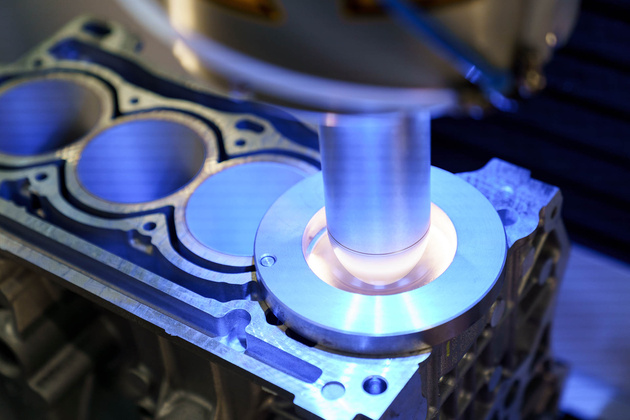
Image 2: Laser roughening of cylinder liners is a Gehring development that makes the process of producing coated engines safer and more efficient.
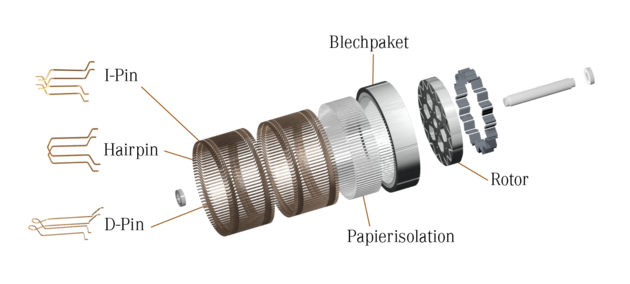
Image 3: The stator is the core component of the electric motor.
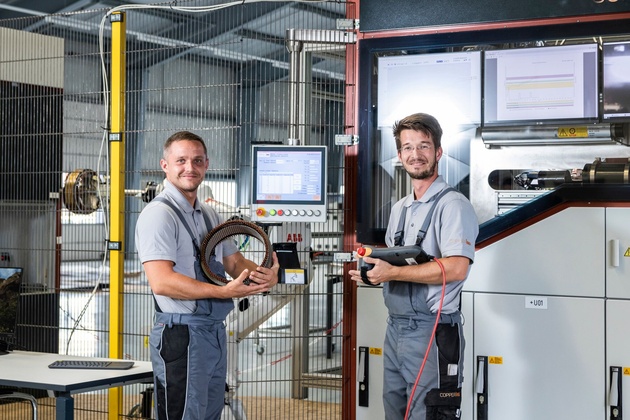
Image 4: The Gehring subsidiary copperING has been developing and building production machines for electric motors for more than 15 years.

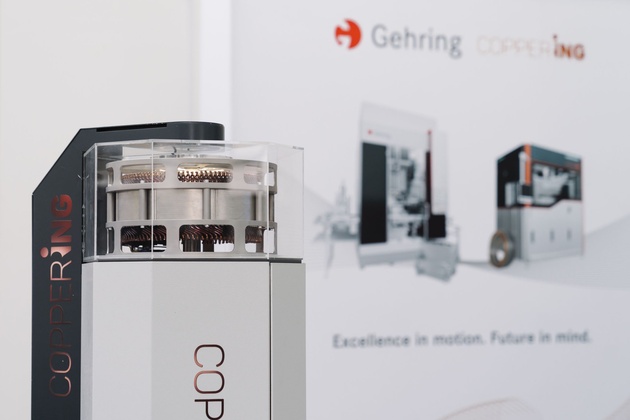
Image 5/6: With its complete solutions for stator production, Gehring relies on technology and system know-how from a single source.
About the Gehring Group:
With the Gehring and copperING brands, the Gehring Group offers innovative production solutions for highly efficient conventional and electrified power trains. In the field of fine machining, the company has been shaping the development of honing technology for more than 90 years and provides the automotive industry with the processes of laser roughening, coating and honing answers to the current challenges around the combustion engine. The production technology for e-mobility expands the Group's portfolio and sets new standards in the flexible series production of electric motors.
Categories
Tags